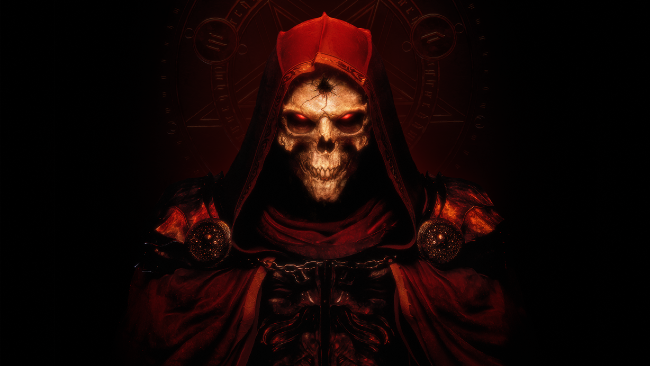Remakes, remasters, and reimaginings are not at all uncommon in video games, but not all of them are created equal. With each and every one, there is a balance that must be met, debate over what to modernize, what to keep, and how to best bring the game into the current gaming environment while respecting the game that came before. For the team at Vicarious…








